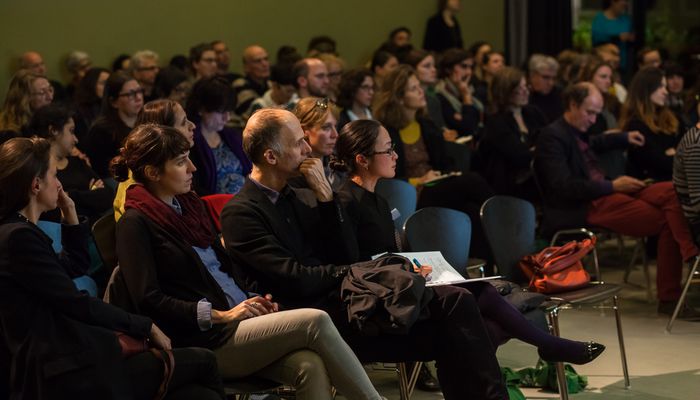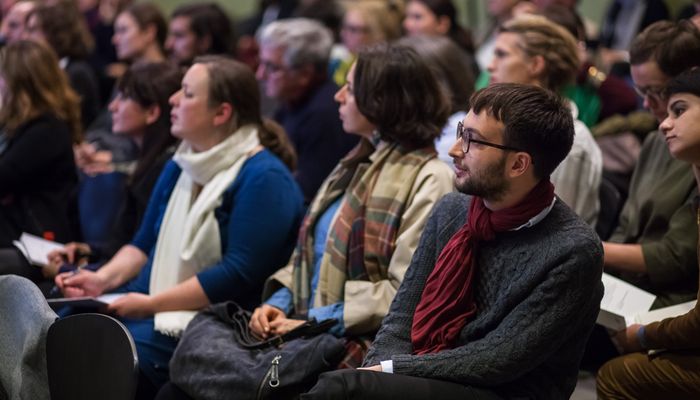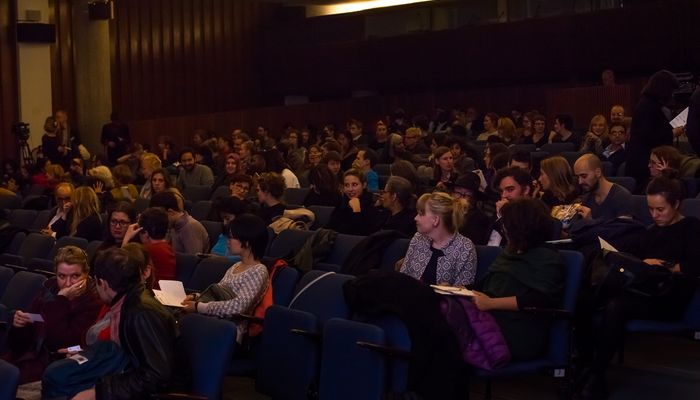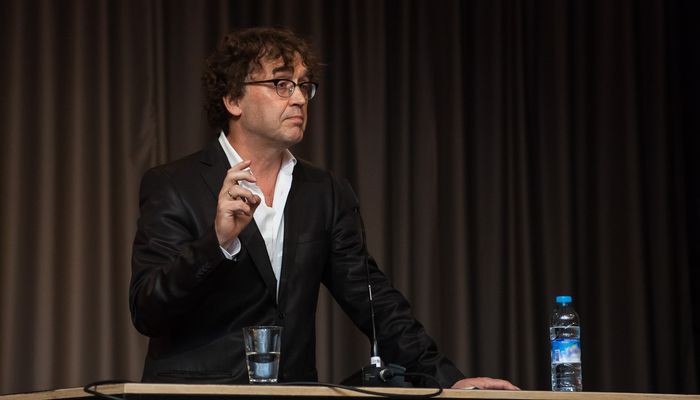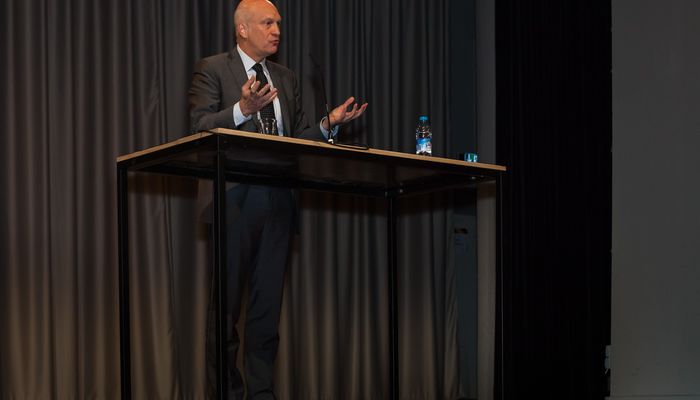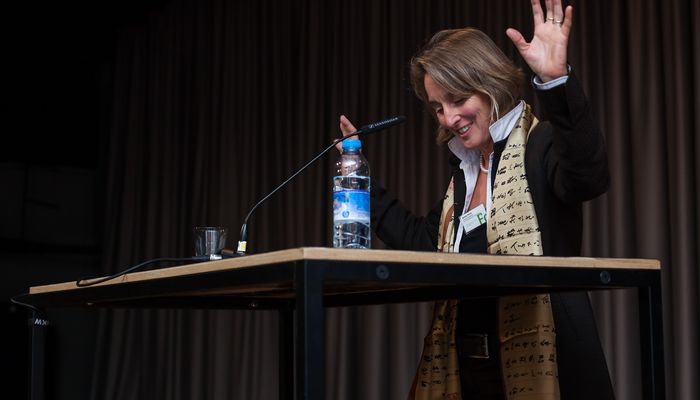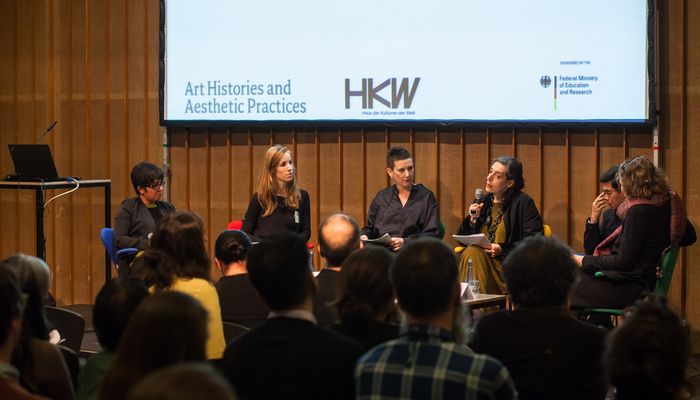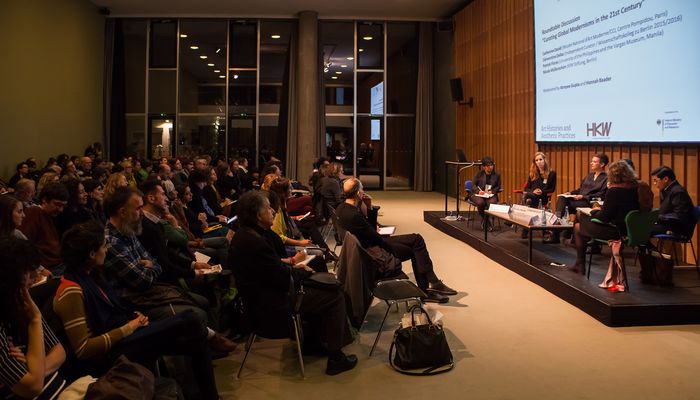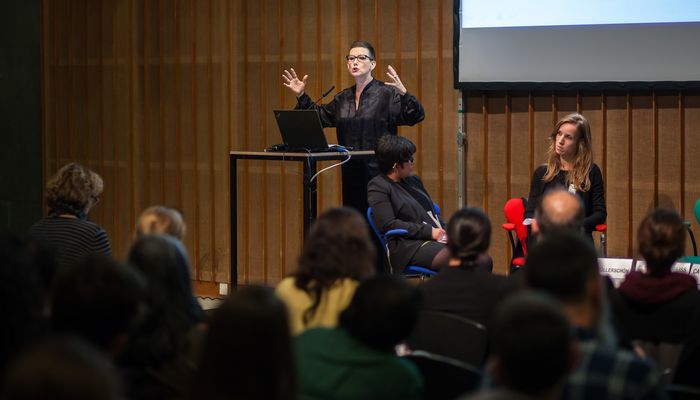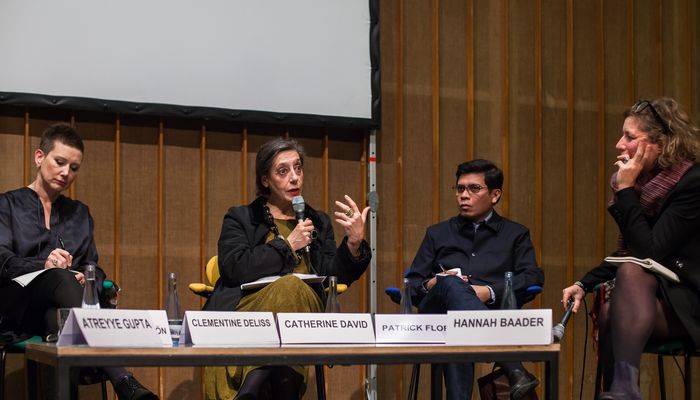Global Modernisms: Contiguities, Infrastructures and Aesthetic Practices
Forum Transregionale Studien and Max Weber Stiftung in cooperation with the Haus der Kulturen der Welt. Convened by Art Histories and Aesthetic Practices
Haus der Kulturen der Welt (HKW), John-Foster-Dulles-Allee 10, 10557 Berlin
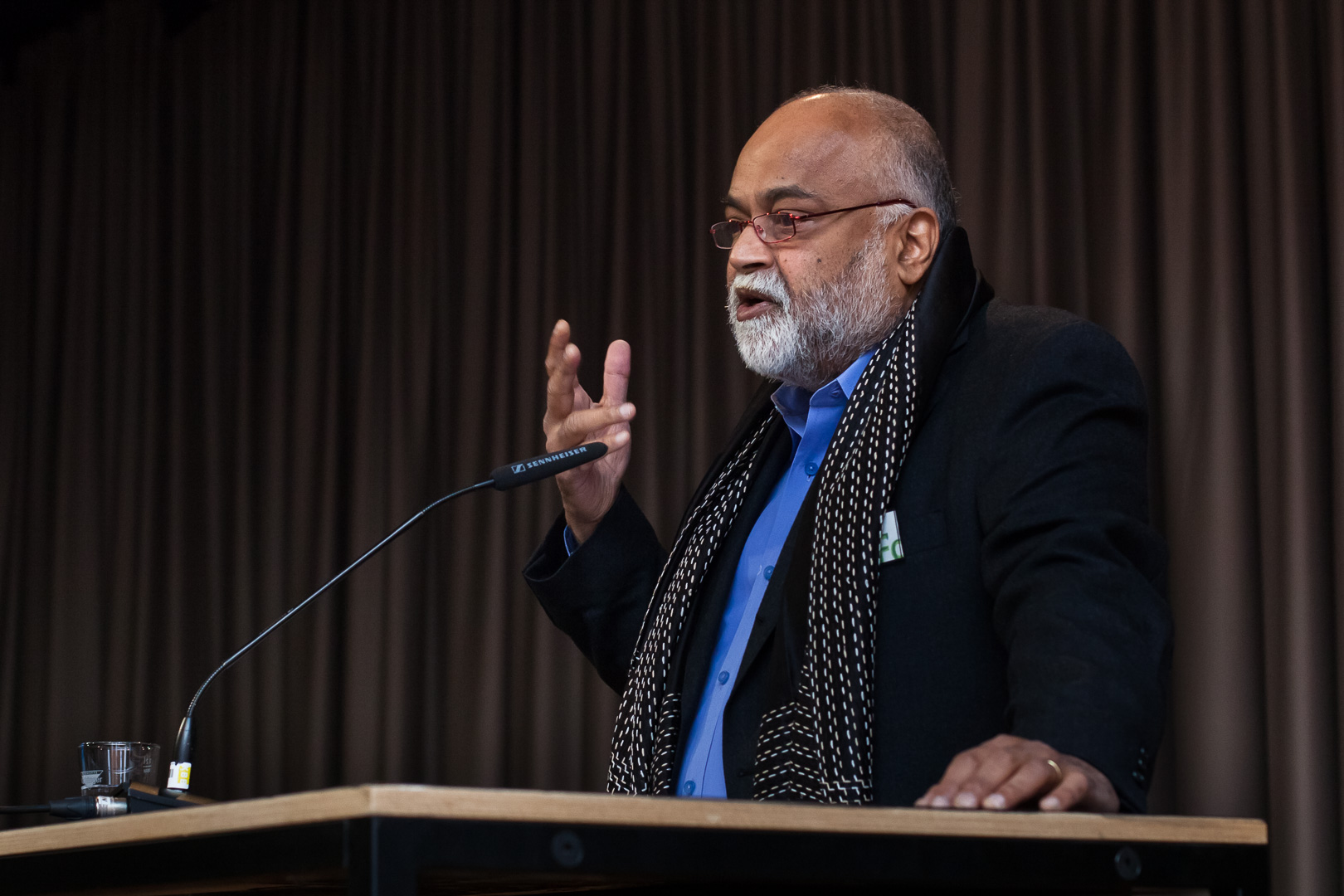
Documentation:
Video:
Arjun Appadurai: “Indian Popular Cinema in the Making of a Decolonized Modernity”
Hannah Baader and Atreyee Gupta: Welcome and Introduction to “Global Modernism”
Harsha Ram: “The Scale of Global Modernisms: Imperial, Regional, National, Local”
Merel van Tilburg: “From ‘Aesthetic Colonialism’ to a Syncretic Aesthetic”
Combiz Moussavi-Aghdam: “Modern Trends in Pre-Revolutionary Iranian Art”
Roundtable Discussion: “Curing Global Modernisms in the 21st Century”
Audio:
Saleem Al-Bahloly in conversation with Nada Shabout: “Freedom in the non-structure”
Atreyee Gupta in conversation with Ming Tiampo: “It is difficult to change the DNA of a museum”
Reports:
Helene Bongers: Tagungsbericht »Global Modernisms: Infrastructures, Contiguities and Aesthetic Practices«
Saima Akhtar: Conference Review “Global Modernisms: Contiguities, Infrastructures and Aesthetic Practices”
5-7 November 2015, Haus der Kulturen der Welt
Convened by:
Atreyee Gupta (Art Histories and Aesthetic Practices Fellow 2015/2016), Hannah Baader (Art Histories and Aesthetic Practices/Kunsthistorisches Institut Florenz/Max-Planck-Institut), Patrick Flores (University of the Philippines and the Vargas Museum, Manila)
With a keynote by Arjun Appadurai (New York University):
Indian Popular Cinema in the Making of a Decolonized Modernity
Indian cinema, particularly popular “Bollywood” cinema, is seen by many as an inferior imitation of Hollywood; as an apolitical vehicle of mass entertainment. Ethnologist and globalization researcher Arjun Appadurai , however, reasons that this cinema should be seen as an emancipatory aesthetic form. Bollywood cinema, according to Appadurai, is one of the main sources of independent, modern Indian imagery. The ideas of family, city or nation are far more strongly influenced by the song, dialog and language of Bollywood than by avant-garde art, literature or politics.
Conference:
Taking the years between 1905 and 1965 as the temporal frame, this conference sought to rethink Global Modernisms from a transregional perspective. Current conceptualizations of avantgardism and formal innovation often related to places like Paris, New York, Weimar or Moscow continue to inform Global Modernisms’ intellectual field. Global Modernisms are often presented as a symptom for new Westernism that masquerades as the universal. This conference sought a more constitutive conceptual vision.
Understanding Global Modernisms as clusters of artistic, intellectual, technological, institutional, socio-cultural, and political arrangements, the conference focused on this field as an effect of contiguities and infrastructures. We approached contiguities as global and local zones of intellectual and artistic proximity and difference, and infrastructure as a combination of physical, political, social and intellectual formations. The conference then aimed to situate the concept of Global Modernisms within the scalarity of the macro, meso and the micro and within the plurality of temporal and geographical spaces, movements and events.
To what extent did the relation between material infrastructure (institutions, the formation of disciplines, public policy, architecture, and engineering) and immaterial infrastructure (domination, freedom of movement, gendered hierarchies of power) generate semantic conditions for articulating aesthetic, intellectual, and critical concerns in dispersed parts of the world? Might thinking in terms of contiguities and infrastructures allow us to jettison conceptions of repetition, influence, and derivation that continue to haunt modernisms’ perceptual field?
The conference was an invitation to engage the architectonics of such contiguities. How, for instance, did innovations in science, technology, and engineering affect Global Modernism/s’ zones of contiguities, around the globe? Did museological discourses and modernist display techniques contribute in creating a new domain of visibility? To what extent did new infrastructures generate the semantic conditions for articulating the aesthetic, intellectual, critical, art historical, and curatorial concerns of Global Modernism/s? What, for instance, were the formal and aesthetic outcomes of Global Modernism/s, and how might we, in retrospect, recognize formal contiguity and distinguish it from more conventional conceptions of repetition, influence, and derivation?

